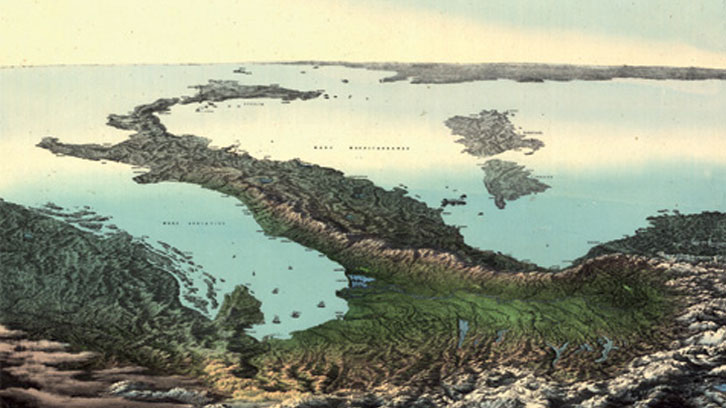Active modernisation vs passive modernisation in Italy (1871-2007)

The article presents new estimates of social and economic indicators for Italy and its regions, in benchmark years from 1871 to 2007: regional figures and the North-South inequality pattern are discussed with regard to life expectancy, education, per capita GDP, and HDI (the Human Development Index) in its different formulas. The article also advances an interpretative hypothesis to account for the different regional patterns: it is based on the distinction between passive and active modernization, which in turn can be respectively associated to the presence of extractive or inclusive institutions.
At the regional level, active modernization stems from the role of local actors, whereas passive modernization is due to State intervention with limited, or null, involvement of local elites. Evidence from Italy’s regions shows that passive modernization in favour of the Southern regions was implemented first in life expectancy (mostly during the Liberal age), then in education (approximately during the interwar years), finally in GDP (in the second half of the XX century). Throughout the period from 1871 to 2007, results indicate high convergence in the case of life expectancy, uncompleted convergence in education, divergence in GDP.
|
|
||
| Figure 1: Different measures of the Human Development Index, Italy 1871-2007. | ||
In the case of Italy, the overall poor outcome may be due to two different reasons. Firstly, even passive modernization in Southern Italy was far from satisfactory: this is particularly true for the education component, where much more could have been done in the Liberal age, being State intervention fully at work only from 1911 onwards with the centralization of the system. Secondly, passive modernization made the economic and social system of Southern Italy more fragile, thus more subject to external shocks. The 1970s crisis was particularly harmful to the South, which since then stopped its convergence and never recovered. More in general, during the last decades, Italy as a whole lagged behind the rest of the advanced countries, which also means that the Italian state was in turn less capable of promoting passive modernization in the South.
References
Felice, E.; Vasta, M. Passive Modernization? Social Indicators and Human Development in Italy’s Regions (1871-2007). European Review of Economic History. 2015, vol. 19, num. 1, p. 44-66. doi: 10.1093/ereh/heu018.


